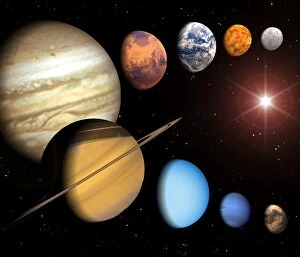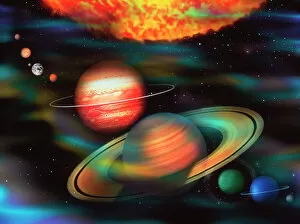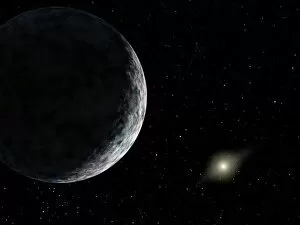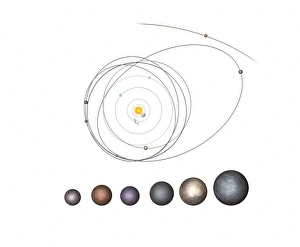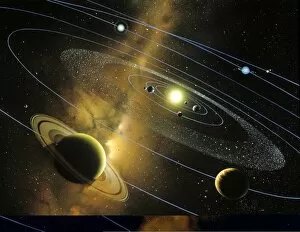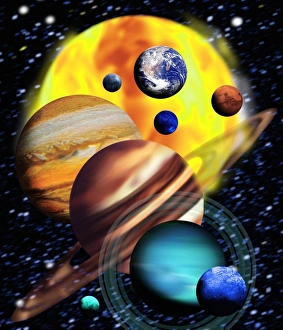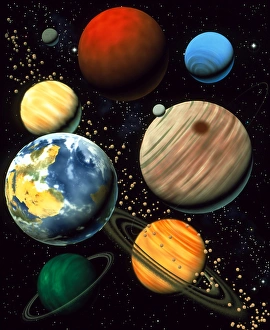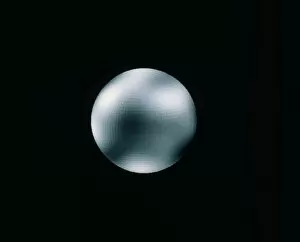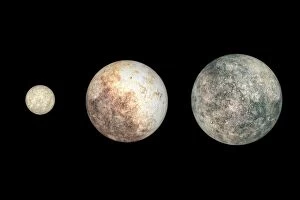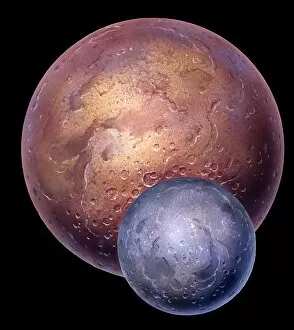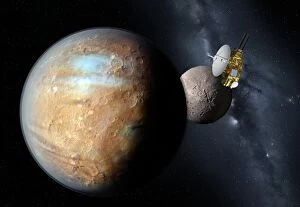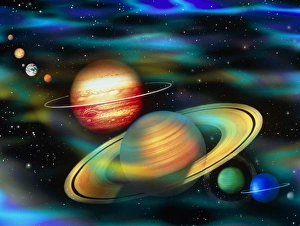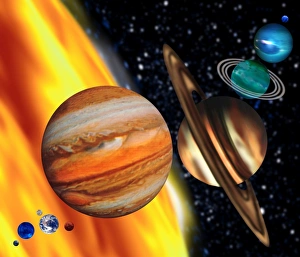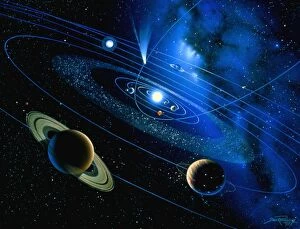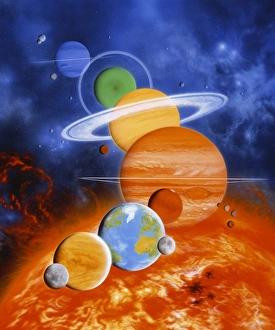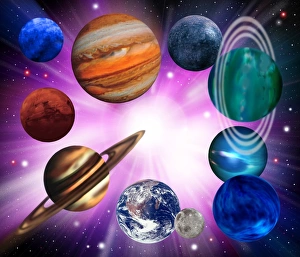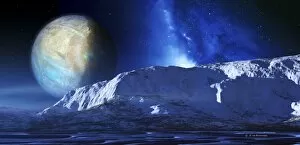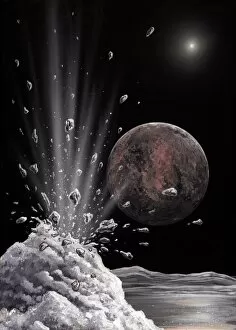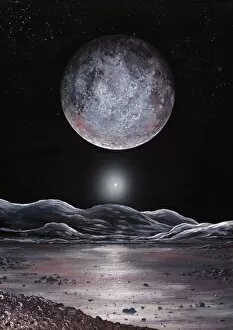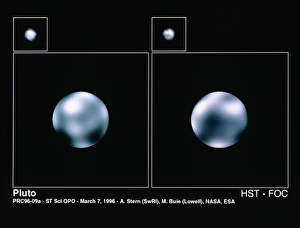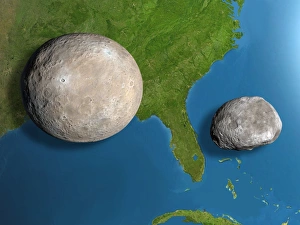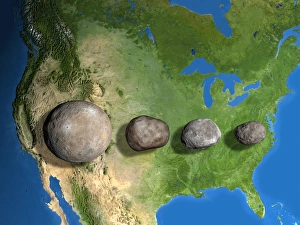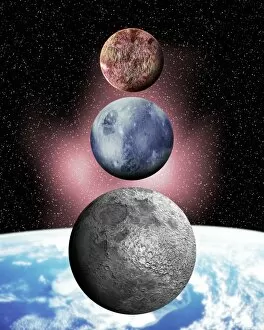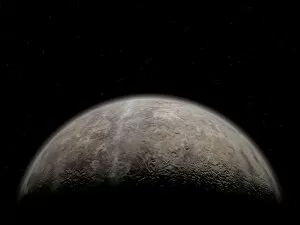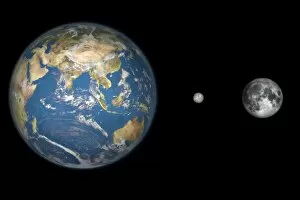Dwarf Planet Collection
The solar system is a vast expanse of celestial bodies, with the sun at its center and planets orbiting around it
All Professionally Made to Order for Quick Shipping
The solar system is a vast expanse of celestial bodies, with the sun at its center and planets orbiting around it. Among these planets are the well-known giants like Jupiter and Saturn, as well as our very own Earth. However, there exists another category of celestial objects called dwarf planets. One such dwarf planet is Eris (UB313), which captured scientists' attention due to its size and distance from the sun. In artwork depicting this enigmatic body, we can see its unique features that set it apart from traditional planets. In addition to Eris, other dwarf planets like Ceres also exist in our solar system. Through captivating artwork, we can visualize their presence alongside Earth and Moon. These illustrations showcase their distinct characteristics while highlighting their place within the grandeur of our cosmic neighborhood. Artwork portraying the entire solar system allows us to appreciate the intricate dance between all these celestial bodies. Dwarf planets occupy specific orbits within this vast expanse, each following its own path around the sun. The mesmerizing visuals bring forth a sense of awe for both their individuality and collective harmony. Further artistic renditions depict not only dwarf planet orbits but also those of other planetary bodies within our solar system. This comprehensive representation showcases how each object interacts with one another on an astronomical scale. Comparisons between different sizes become apparent when observing computer-generated images displaying relative dimensions of various planets in relation to one another. Such depictions emphasize just how diverse and fascinating our galactic companions truly are. Computer-generated artwork showcasing all known members of our solar system provides a breathtaking glimpse into this cosmic realm's complexity and beauty. Dwarf planets stand out amidst this visual symphony as intriguing entities deserving further exploration and understanding.

